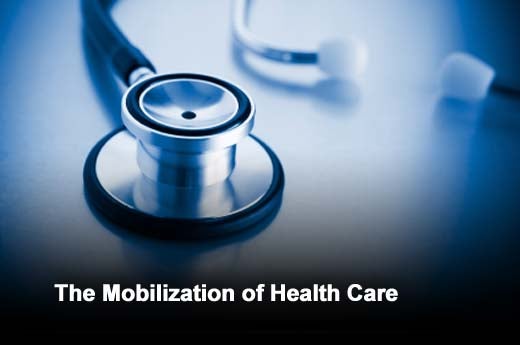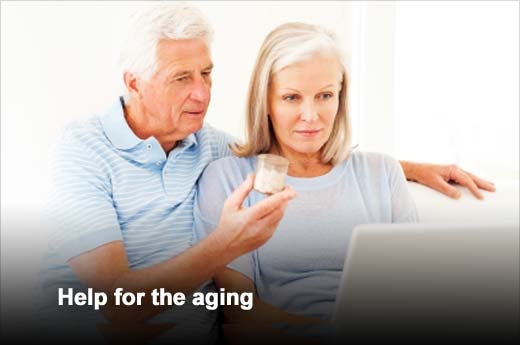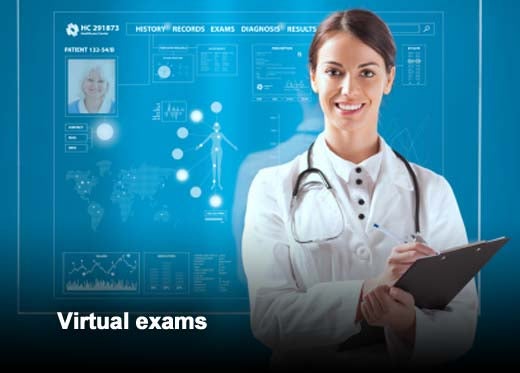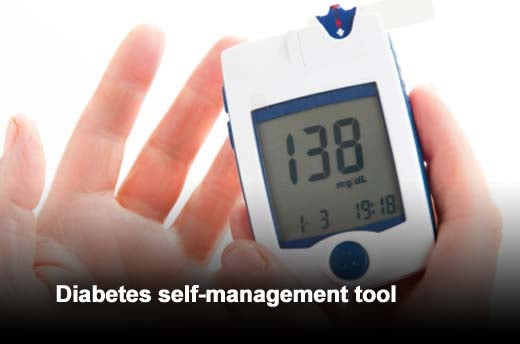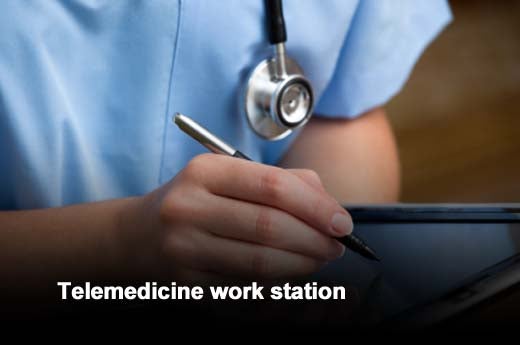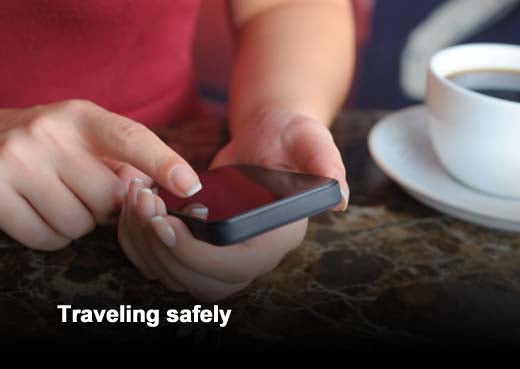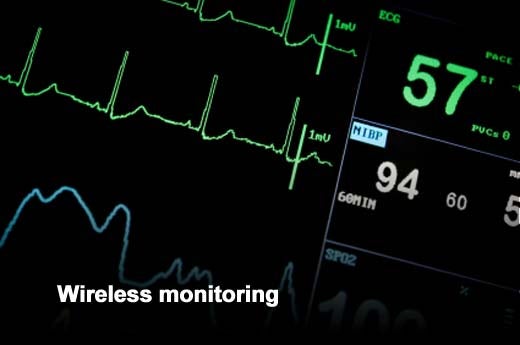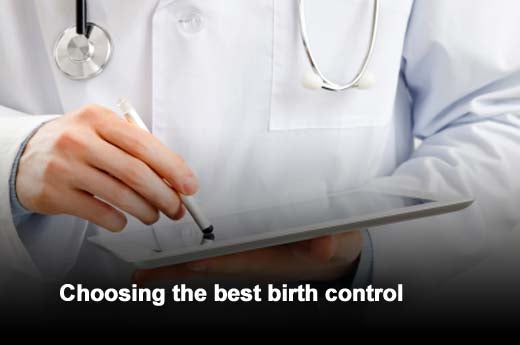The world of mobile health goes by a number of names: mHealth, telehealth, eHealth, telemedicine and remote medicine. The goal, however, remains the same: encouraging diagnostics and treatment in scenarios in which patient and professional are in different places.
The broad sector is gaining momentum. A good example is the University of California, San Francisco’s Health eHeart Study, aimed at testing the impact of eHealth on cardiovascular health. USA Today reports that the school hopes to enroll one million people in the program. That not only illustrates that the project is considered important and promising, but that there is a growing acceptance of remote health techniques and technology.
Whatever it’s called, the mobilization of health delivers on the promise of modern telecommunications.
Click through for eight projects that show that the mobilization of health delivers on the promise of modern telecommunications.
The Center for Technology and Aging this month announced an online mHealth Toolkit.
CareClix has unveiled a virtual medical examination kiosk that offers as many as 14 FDA approved devices capable of transmitting information.
Tactio Health Group has released TactioDiabetes, a tool that lets diabetes patients track their lifestyles.
Tely Labs’ telyMed MTS-100 Mobile Station is a telemedicine work station that focuses on security, mobility and east of use.
Aetna’s app lets travelers use their smartphones to find doctors when they are traveling in the Caribbean and Latin America.
The Alaska Native Tribal Health Consortium is adding Vidyo’s visual and collaborative communications capabilities to its statewide telehealth network.
Healthx’s remote patient monitoring platform follows users with diabetes, hypertension, congestive heart failure and other diseases.
UCLA offers a free iPad app, Plan A Birth Control (Plan ABC), that helps women select the best method of birth control.


